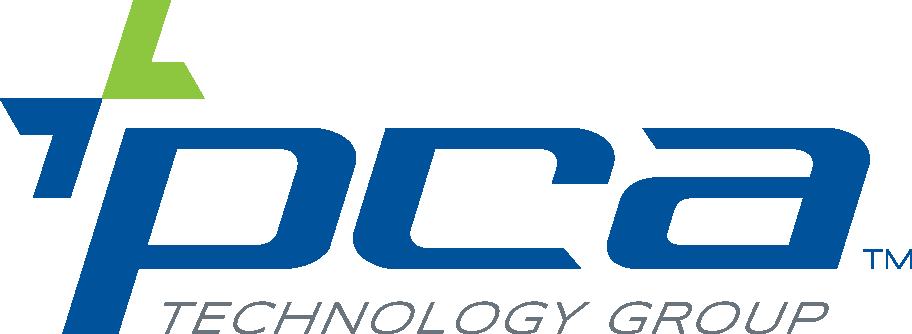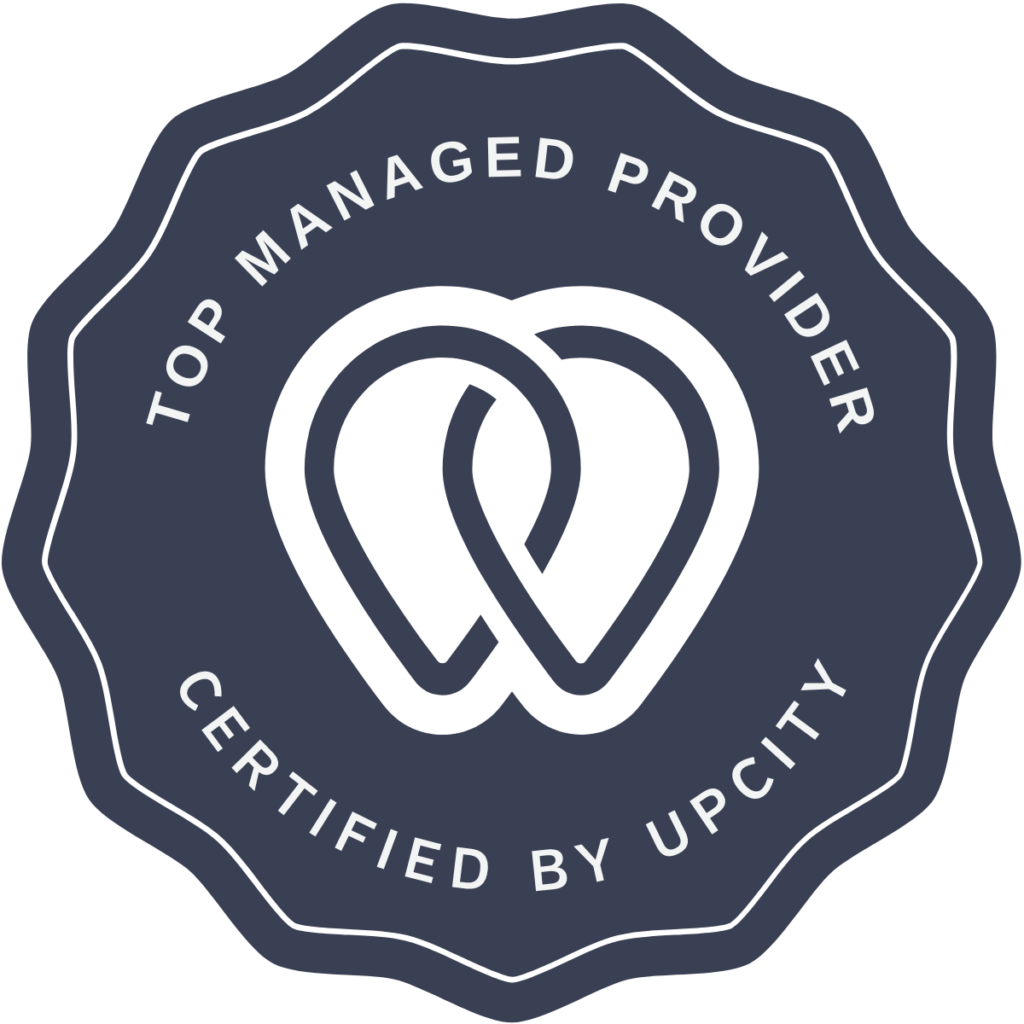A critical component of IT management is ensuring your organization adheres to IT compliance regulations and best practices. Unfortunately, many businesses fail to do so due to ignorance about compliance and what it entails, then end up suffering the consequences. But don’t worry, we’re here to offer you some guidance. In this article, we provide you with clear information about IT compliance: what it is, why it’s important, its benefits, and more.
What is IT compliance and why is it important?
IT compliance refers to the legal requirements and best practices surrounding the use of technology within your organization. By thoroughly understanding IT compliance, creating a diligent plan, and consistently enforcing it, you can significantly improve your security posture and avoid the negative consequences of noncompliance.
There are several key reasons why compliance is essential. First and foremost, the security and data protection standards prescribed by compliance regulations exist for a reason, as the 2024 Thales Data Threat Report indicates. According to the report, of the 43% of companies that failed a compliance audit, 31% suffered a data breach, highlighting a correlation between data compliance and security.
Additionally, compliance ensures you operate within the legal boundaries set by regulations specific to your industry, such as healthcare (HIPAA) and public trading (SOX). For example, the civil monetary penalties for a HIPAA violation can go from $137 to over $63,000 for each violation, whereas failure to comply with SOX can cost millions and even lead to imprisonment.
Finally, with growing public concern about data privacy and security, customers are increasingly cautious about who they trust with their personal information. A strong reputation for IT compliance and data security fosters public trust and increases customer willingness to do business with you.
Common IT compliance standards
There are many compliance standards that businesses must adhere to, depending on their industry and location. A business may even have to abide by multiple standards at once. While we cannot go over all compliance standards, here are some key examples that are most relevant to USA-based businesses:
- HIPAA (healthcare): The Health Insurance Portability and Probability Act mandates the protection of patient medical records, setting guidelines for the secure storage and transmission of sensitive health data. This is essential for maintaining patient confidentiality and trust.
- PCI DSS (payments): The Payment Card Industry Data Security Standard requires the safeguarding of customer credit card information during online transactions. PCI DSS is crucial for businesses handling online payments to prevent data breaches and ensure customer trust.
- SOX (public companies): The Sarbanes-Oxley Act imposes standards on publicly traded companies for secure financial recordkeeping. By maintaining rigorous control over financial data, SOX helps prevent fraud and upholds investor confidence.
- GLBA (financial institutions): The Gramm-Leach Bliley Act regulates how financial institutions collect, share, and protect customer data. This includes ensuring customers understand how their information is used and gives them control over how it’s shared.
- GDPR (EU data protection): The General Data Protection Regulation safeguards the digital data of European Union citizens by requiring compliance from companies that collect that data, regardless of location. This makes it critical for businesses operating internationally to recognize and understand GDPR.
Each of these standards plays a critical role in ensuring the integrity and security of sensitive information, highlighting the importance of IT compliance across different sectors.
Benefits of IT compliance
There are significant advantages to be gained by following IT compliance best practices beyond simply avoiding legal repercussions.
Firstly, compliance significantly reduces risk. By implementing the robust security measures that comply with data protection regulations, you minimize the chances of a data breach or other security incident. These events can be extremely disruptive, halting operations and causing significant reputational damage. By being proactive in compliance, you safeguard your business from these costly pitfalls.
Secondly, if you can showcase a proven record of compliance, that can give you an edge over competitors. This is especially important today, as consumers are more knowledgeable and more concerned about how businesses handle their information. Demonstrating your commitment to complying with data security and privacy standards can give you a competitive edge, not to mention earn your customers’ trust and loyalty.
Getting started with IT compliance
Keeping up with IT compliance can be complex, especially for small and medium-sized businesses with limited resources. But it can be done by following these five important steps to navigating IT compliance:
- Identify relevant regulations – Determine the specific regulations that your industry and location require. Helpful resources for this step include government websites and industry associations.
- Assess your risk – Evaluate the ramifications of noncompliance for your business. Consider the financial penalties, reputational damage, and potential disruption to your operations that could result from a data breach or other security incident.
- Develop a compliance plan – Create a roadmap outlining your goals, strategies, and resources for achieving compliance. This plan should include details on how you will address the specific requirements of the relevant regulations.
- Implement the plan – Implement necessary policies, procedures, and security controls. This may involve employee training programs, data encryption protocols, and regular security assessments.
- Monitor and adapt – Perform regular assessments to check your progress and adjust your plan as needed. Also make sure to constantly update your system.
Get in touch with PCA Technology Group today to learn more about IT compliance and the various ways we can help you navigate its complexities.


